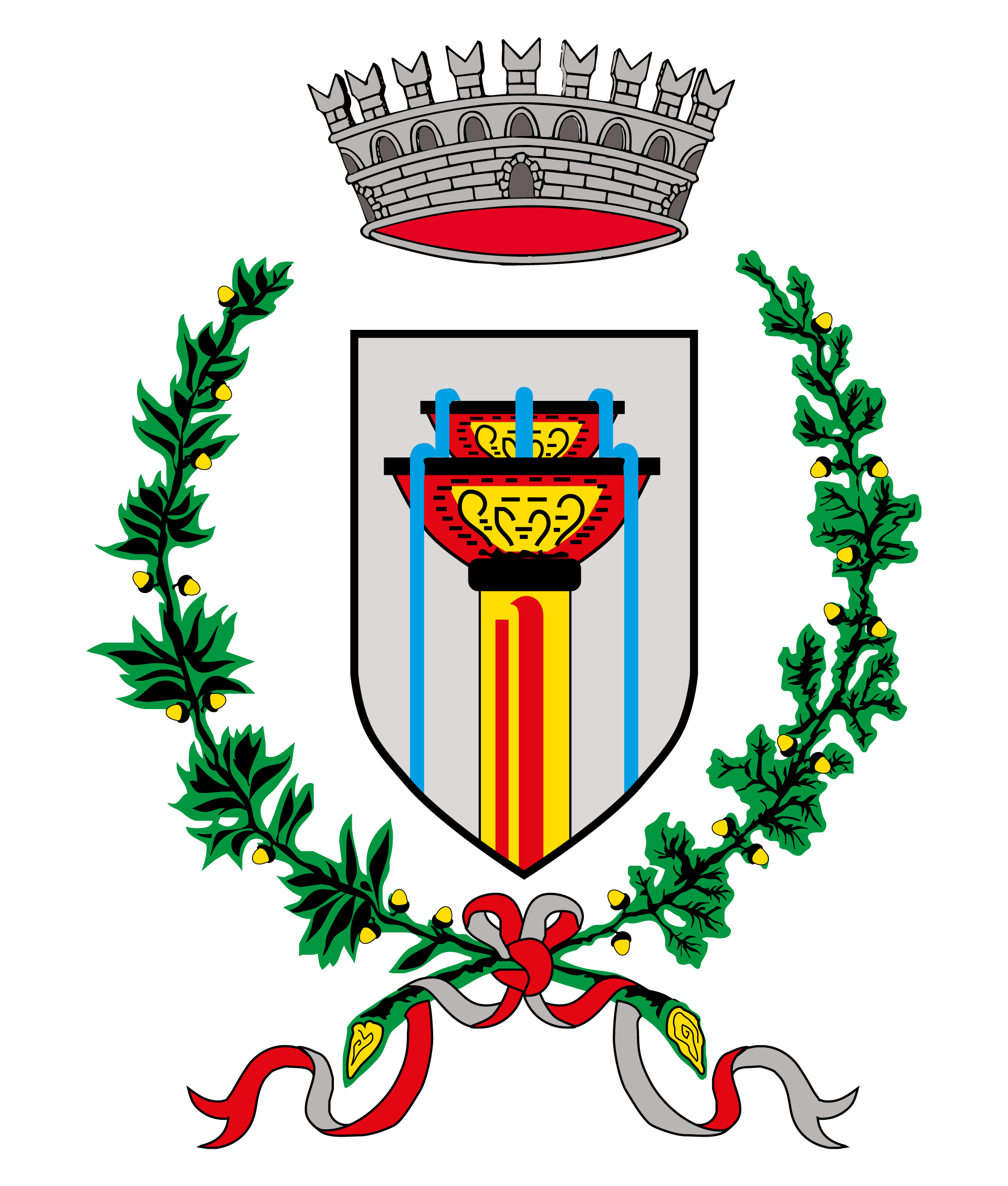 |
|||
| HEIGHT: |
1.192 a.s.l. |
||
| INHABITANTS: |
99 (whole municipality 1.902) |
||
Strombiano derives from Strambus, the ancient Roman landowner who owned that lot of land. Until a few years ago, the main road arrived in Strombiano from the Fucine Bridge. Downstream of the inhabited center are the remains of the Casàcia, which is the tower of Strombiano, a Middle Age structure that controlled the road. The oldest part of the hamlet is downstream of the road, where the constructions are a triumph of wooden beams and galleries. The chapel dedicated to St. Anthony of Padua and erected in 1706 is leaning against a building; it is comprised of a small hall with a precious wooden altar attributed to Lenner. In the heart of hamlet, there is Casa Grazioli or the house "de la Bega", which is a rare testimony of the evolution of the local architecture of the way of life of the past. A simple peasant house in which each room offers layers of history spanning centuries. It includes two old kitchens that still have open hearths and a stone oven for baking bread. The stua, a nineteenth-century poor art masterpiece, retains all the furnishings including a primary school report from 1922, the clothes and souvenirs of the last tenant, Maria Grazioli whose nickname was "la Bega".